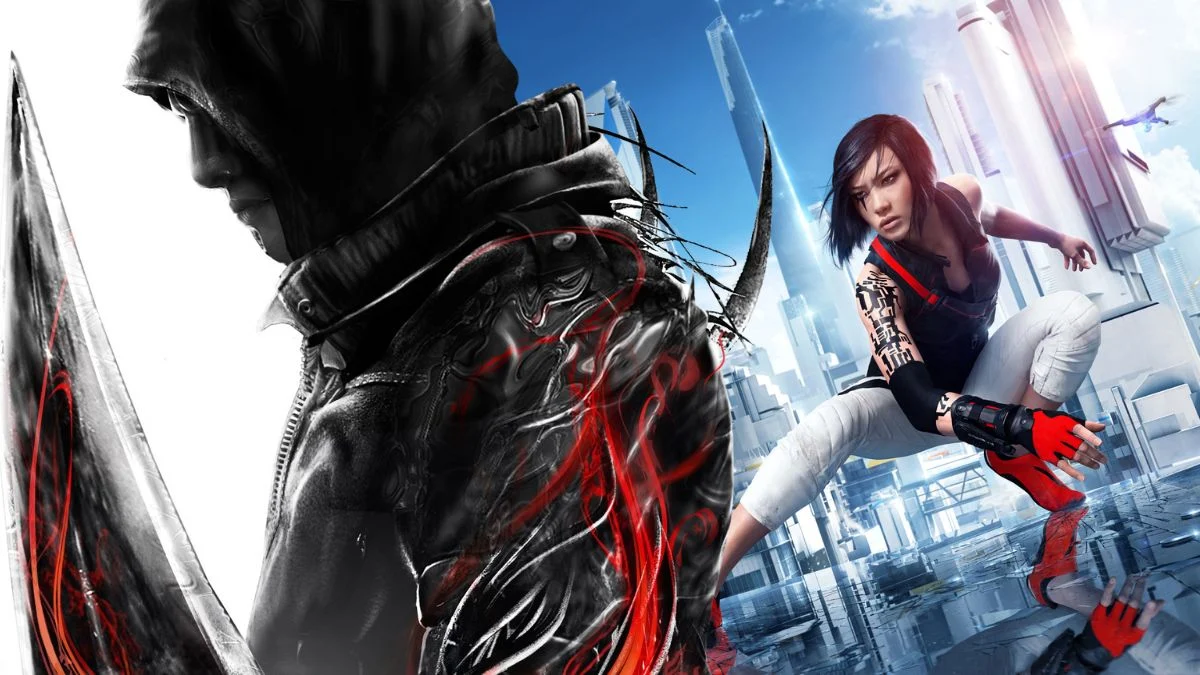
Game developers have significantly expanded parkour systems beyond basic jumping and climbing. Now, players can fluidly combine moves like wall runs, slides, and leaps to navigate large game worlds with both speed and flair. The most successful systems turn movement into a satisfying puzzle, all while supporting combat and exploration. Here are some great examples of how different studios are designing these systems, focusing on things like how forgiving the controls are and how the environment helps players maintain momentum.
‘Assassin’s Creed Unity’
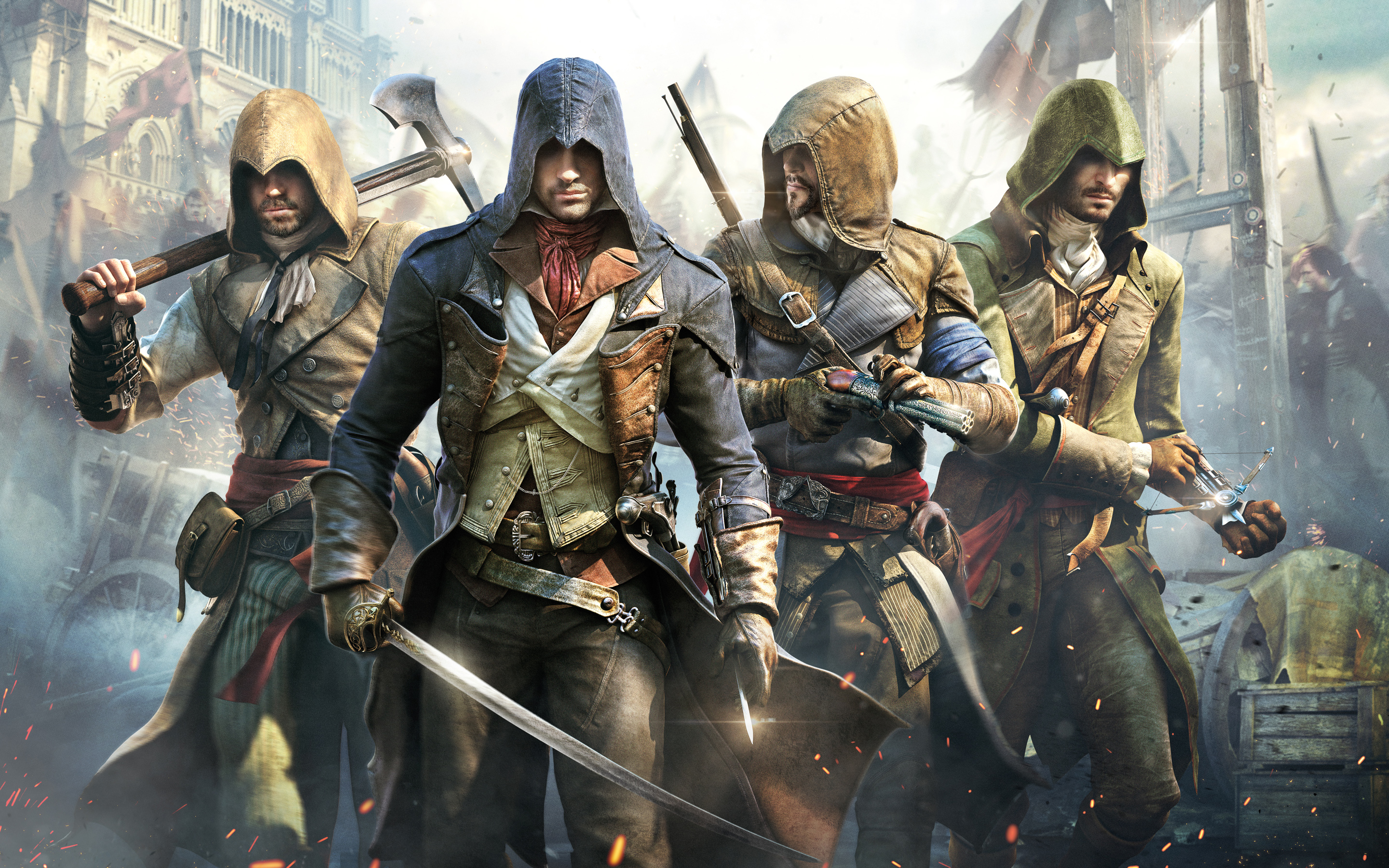
This update improves parkour movement, especially when navigating the crowded streets of Paris. Players now have separate controls for going up and down, allowing for more precise climbing and descending. The character will realistically grab onto ledges, windowsills, and other structures, with smooth transitions between movements. The game now highlights ideal spots for performing ‘Leap of Faith’ moves and provides helpful viewpoints for planning routes across different areas. The improved navigation system also allows for more accurate movement on angled surfaces and through narrow spaces, making free running feel natural even in busy areas and tight alleyways.
‘Mirror’s Edge Catalyst’

Okay, so the movement in this game is awesome. They’ve made it so things like wall running, sliding, and quick turns are super easy to pull off, and you can just chain them together for a really smooth flow. There’s this cool ‘Runner Vision’ that highlights the best routes across rooftops and inside buildings, but it doesn’t force you to take just one path – you can still explore! Plus, how fast you’re moving really matters for jumps and wall transfers, so nailing the timing feels really rewarding. And the levels are built in a way that makes replaying and practicing time trials and missions a lot of fun – they’re designed for loops and retries, which is great!
‘Dying Light 2 Stay Human’
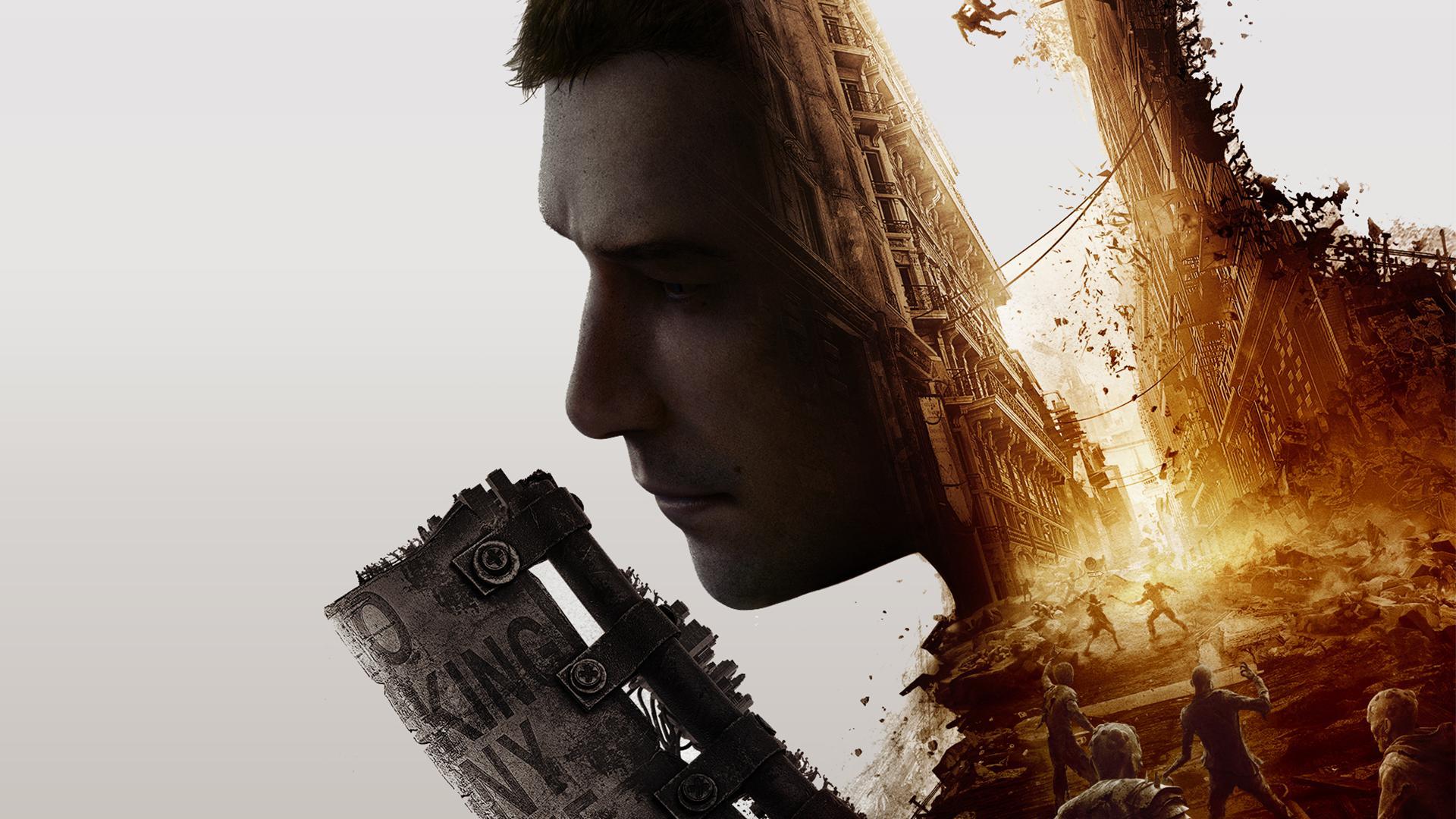
As you get better at parkour, you’ll learn new moves like long jumps, quick wall bounces, boosted climbs, and safe landings. Your stamina affects how well you can climb, and exploring at night gives you extra experience for taking on tougher paths. The paraglider and grappling hook let you reach further across and up, using ledges and vents. Buildings are designed to help you find your way, with clear edges, helpful yellow grips, and obstacles that show you the path.
‘Dying Light’
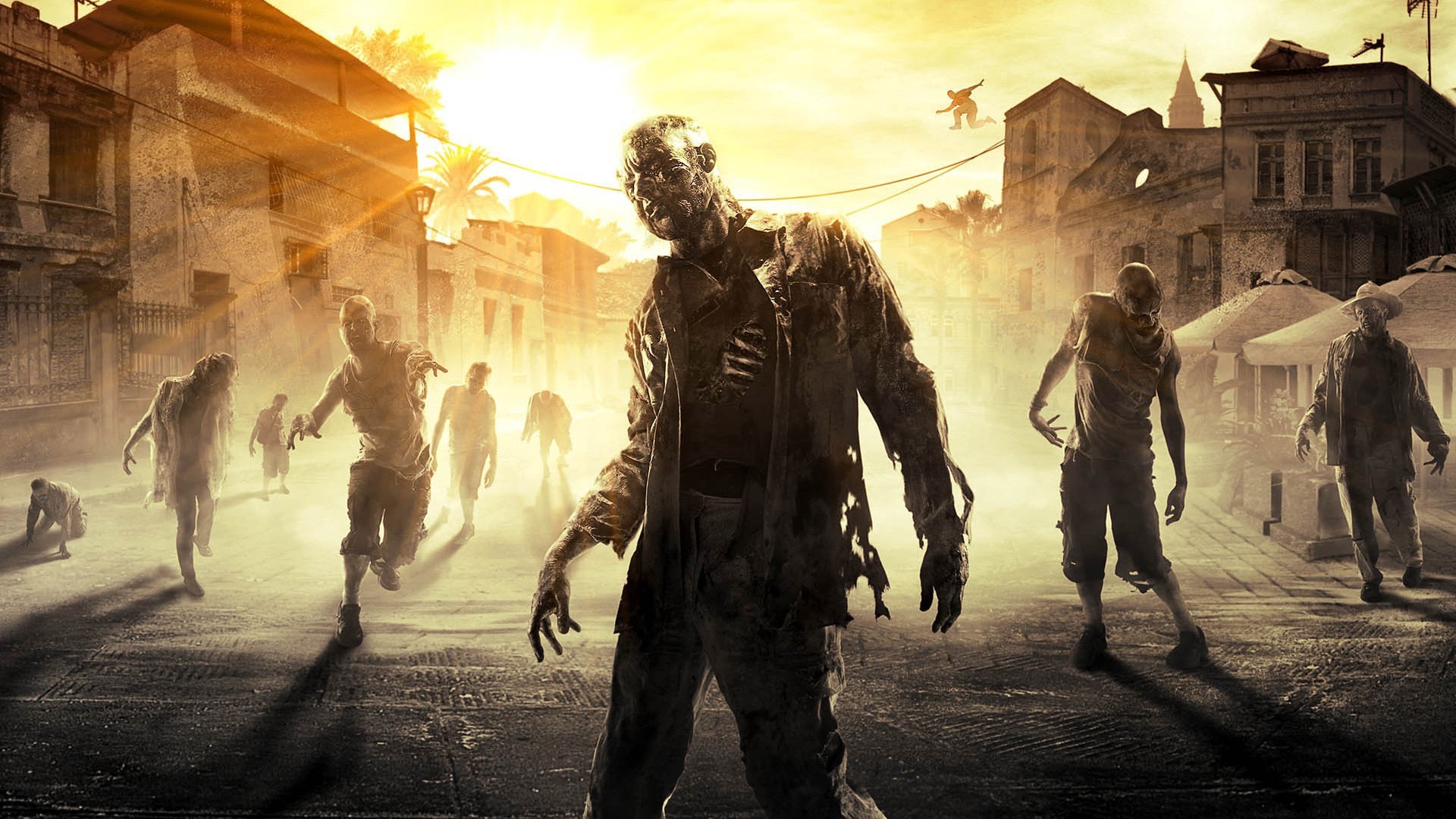
The game features a realistic parkour system experienced from the player’s perspective, where movements like grabbing ledges and climbing feel natural. A specific button press ensures the player reliably attaches to handholds. To add tension, the game includes safe areas, supply drops, and escalating chase levels, forcing players to quickly plan routes across rooftops. The time of day also impacts gameplay, with more enemies appearing at night, changing the best routes to take and how players try to escape.
‘Titanfall 2’
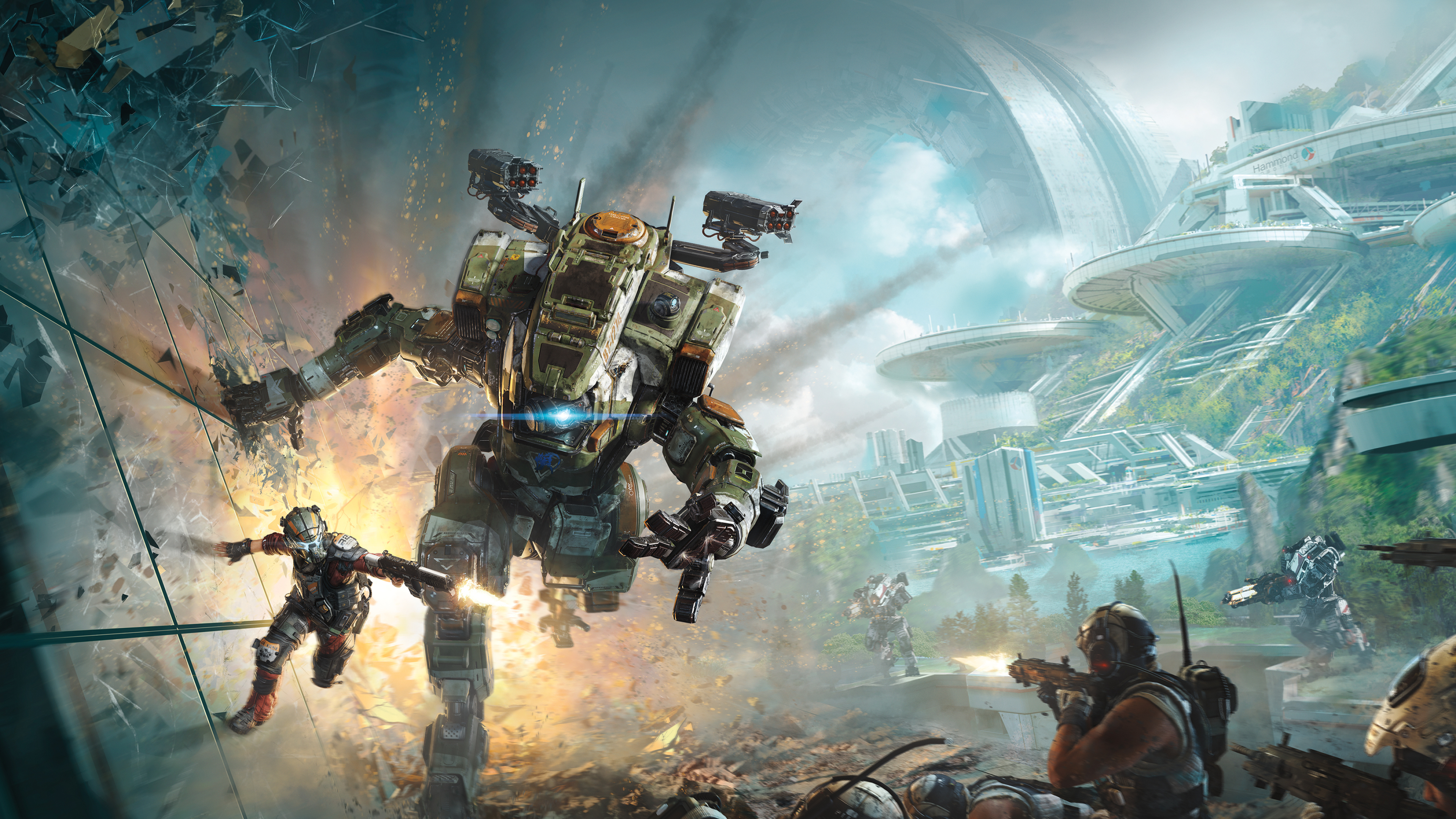
Players control pilots who can run on walls, double jump, and slide without losing momentum. Multiplayer maps are designed with overlapping paths, allowing for strategic flanking and quick routes to objectives. Campaign levels feature areas with connected walls, letting players chain together aerial maneuvers. This focus on movement extends to combat, creating a fast-paced and fluid fighting style.
‘Prince of Persia: The Lost Crown’
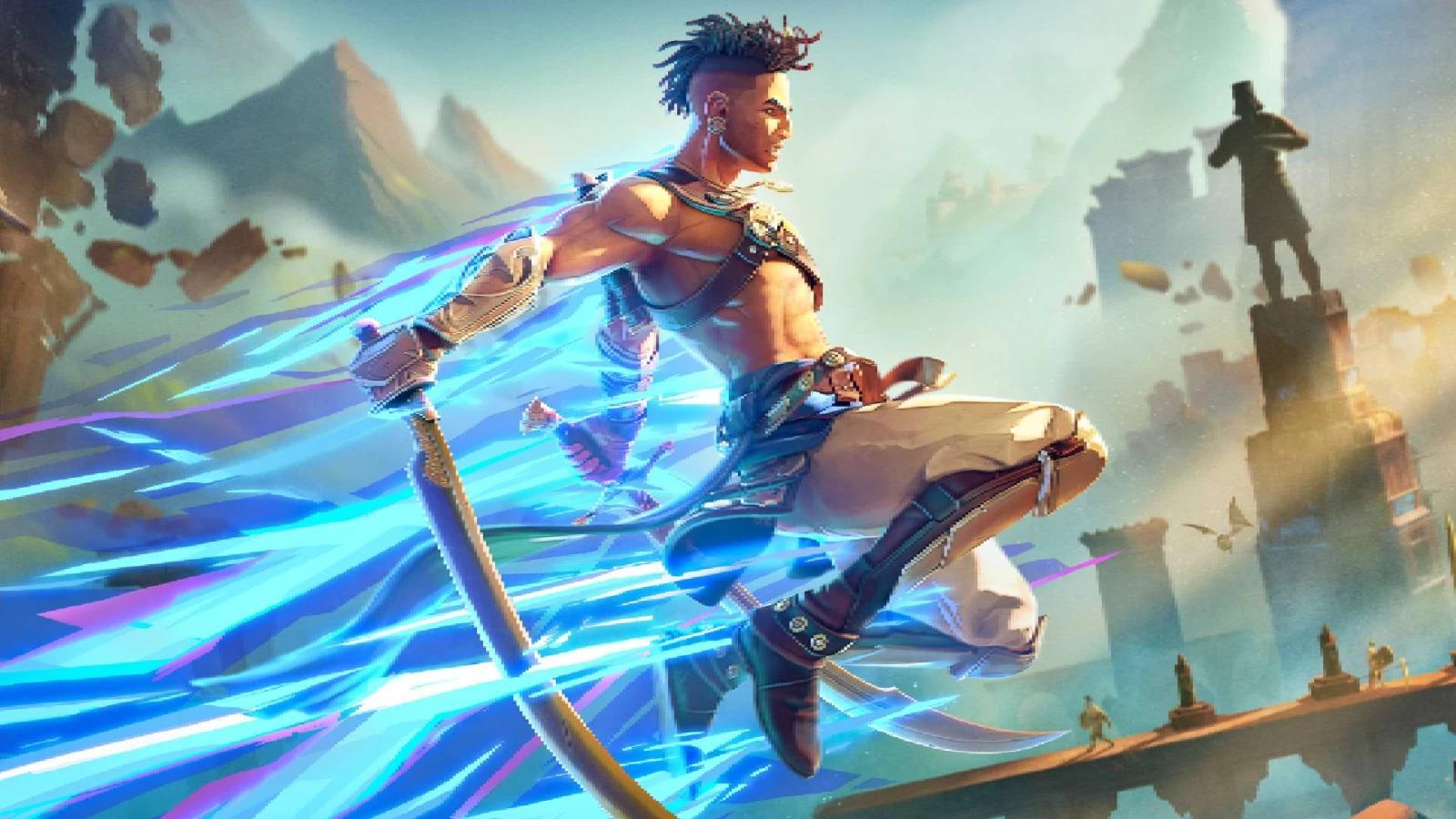
Sargon’s abilities combine wall jumps, air dashes, and a powerful double dash (available later in the game) with traditional climbing and vaulting. ‘Athra’ powers briefly boost movement, letting skilled players skip sections of levels. ‘Time’ powers allow players to set a marker and teleport back to it, creating opportunities for complex platforming. Special challenge rooms test your movement skills with puzzles that require perfect timing.
‘Prince of Persia’
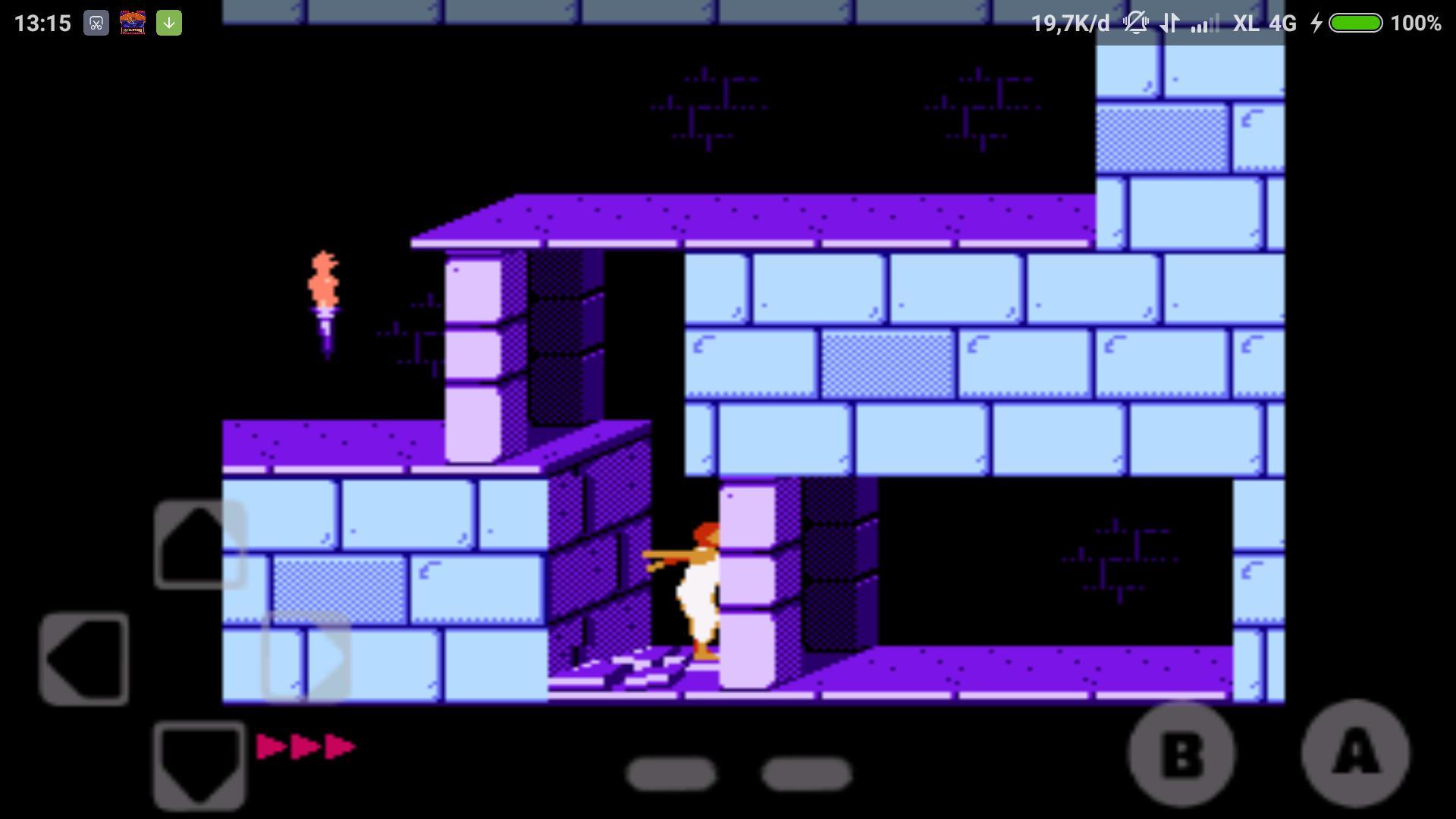
This new version of the game focuses on getting around levels by running on walls, grabbing onto rings, and using launch pads that send you along set paths. A teammate can help by extending your jumps or saving you from falls. Levels are built like open areas with movement-based puzzles that unlock light sources. The game is designed with clear character outlines and distinct handholds to make it easy to navigate.
‘Warframe’

The game features fast-paced movement inspired by ninja action, including techniques like bullet jumping, gliding while aiming, latching onto walls, and rolling – all used to keep up your speed. You can further enhance these moves with upgrades that make slides last longer and jumps higher, opening up new ways to navigate levels. Levels are constructed from connected, repeating rooms with various paths on the walls and ceilings. A recent update, ‘Parkour 2.0,’ made the controls consistent across different game versions, ensuring that special abilities build on your basic movement skills.
‘Ghostrunner’

Fast-paced sword fighting is built around quick movement – you’ll be running on walls, dashing, and using a grappling hook to get around. Because enemies can be defeated with a single hit, carefully planning your path and making adjustments while in the air are crucial. Levels are designed for speed, with walls you can run on, ziplines, and bouncy surfaces. The game also offers helpful options like aim assistance for grappling and slow-motion effects to help you master the levels.
‘Ghostrunner 2’

This new installment introduces a bike, maintaining the series’ focus on accurate movement while offering larger, more expansive tracks. Players will encounter new enemies that encourage skillful use of aerial maneuvers, utilizing shuriken marks to create points for grappling and swinging. The game also features checkpoints designed to reward players for finding and attempting quicker routes. For those seeking a challenge, time attack modes track split times, allowing players to perfect every jump and dash for optimal speed.
‘Apex Legends’

Legends have basic movement abilities like climbing, sliding, and air strafing, which affect how they handle weapons. Maps are designed with features like zip lines, balloons, and jump towers to create small areas for quick movement and connections between them. Some Legends have special abilities, like grapples or speed boosts, that let them access even more routes. Sliding down slopes builds up speed, allowing for quick escapes and repositioning.
‘Star Wars Jedi: Survivor’
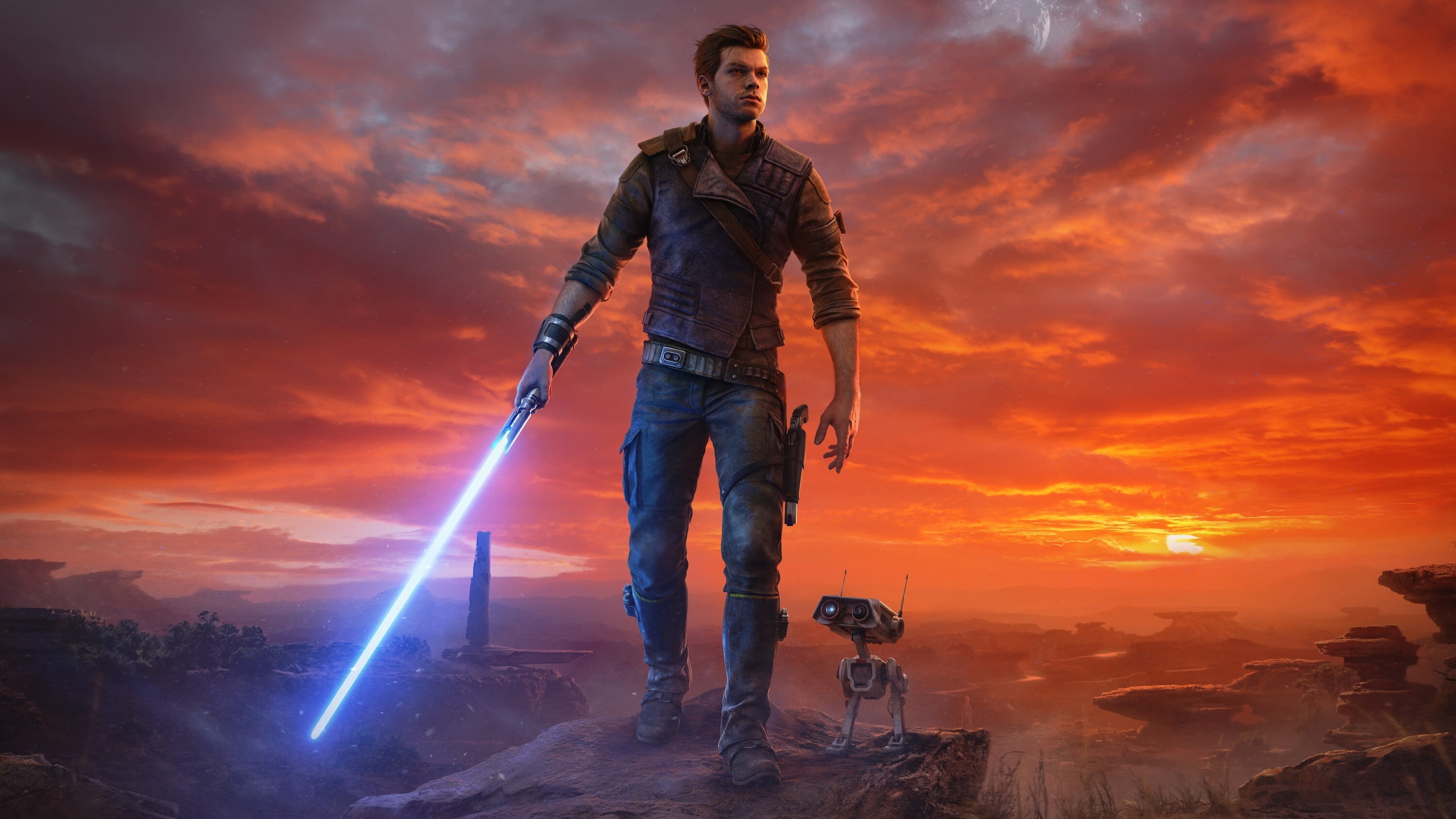
Movement involves a combination of running on walls, pulling yourself up ledges, using ziplines, and a grapple hook that attaches to specific points. You can also climb and glide through the air, letting you cover large areas. Progress often requires combining these moves in the right order to solve puzzles and activate mechanisms. Finding meditation spots and shortcuts creates interconnected routes that reward players for exploring and mastering the environment.
‘Star Wars Jedi: Fallen Order’
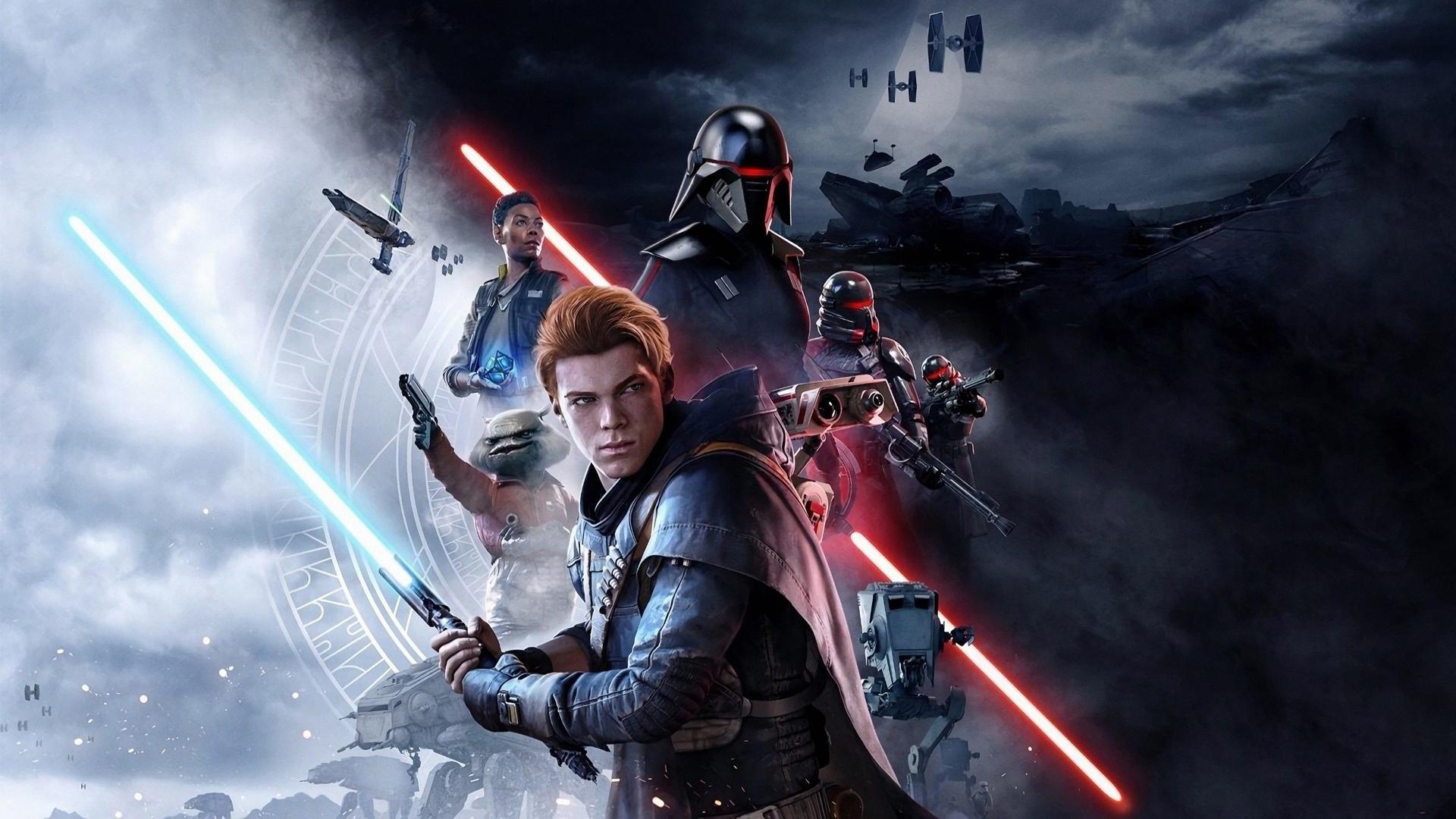
Cal can climb, double jump, and swing on ropes using special energy. The game’s levels are designed like those in the Metroid series, meaning you’ll gain new abilities that let you revisit and unlock areas you previously couldn’t reach. You’ll also need to time your jumps carefully to navigate sliding sections and moving machinery. To make things easier, surfaces you can grab onto are clearly marked with unique textures.
‘Dishonored 2’

Blink and Far Reach let you quickly move short distances, working seamlessly with climbing and sliding. Levels are designed with multiple heights, including balconies, vents, and chandeliers, allowing for varied movement. You can customize how you move with Bonecharms, changing the cost and distance of actions. Missions are built to reward stealth and parkour, letting you bypass enemies instead of fighting them.
‘Sunset Overdrive’
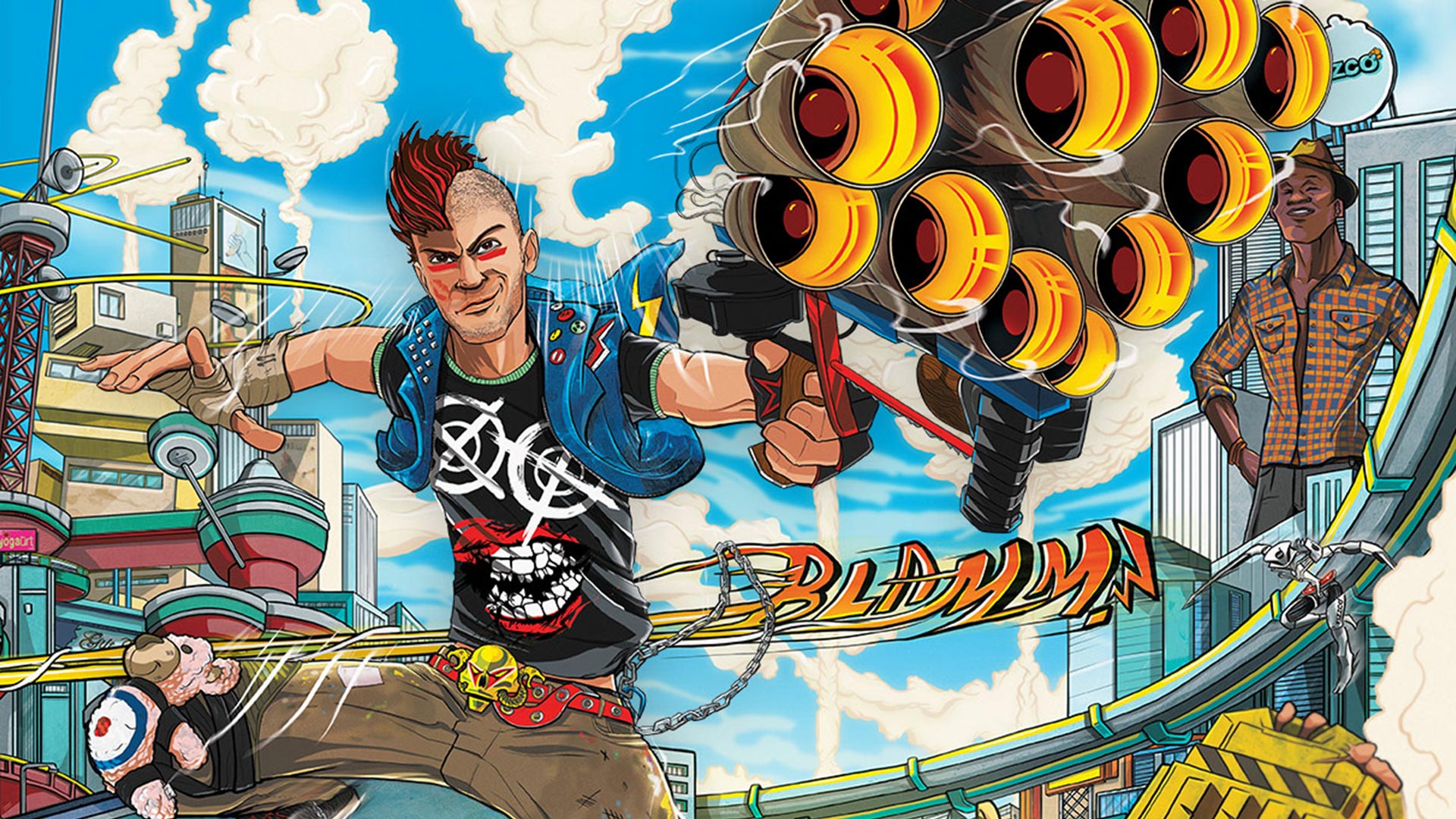
Moving quickly through the city by grinding on rails, bouncing off cars and awnings builds up speed and makes you want to stay in the air. You can chain together these movements with air dashes and swings for impressive combos. Keeping up a fast pace fills a style meter, which then gives you advantages in combat. The city is designed with rails and wires at different heights to help you maintain this fluid movement.
‘Watch Dogs 2’
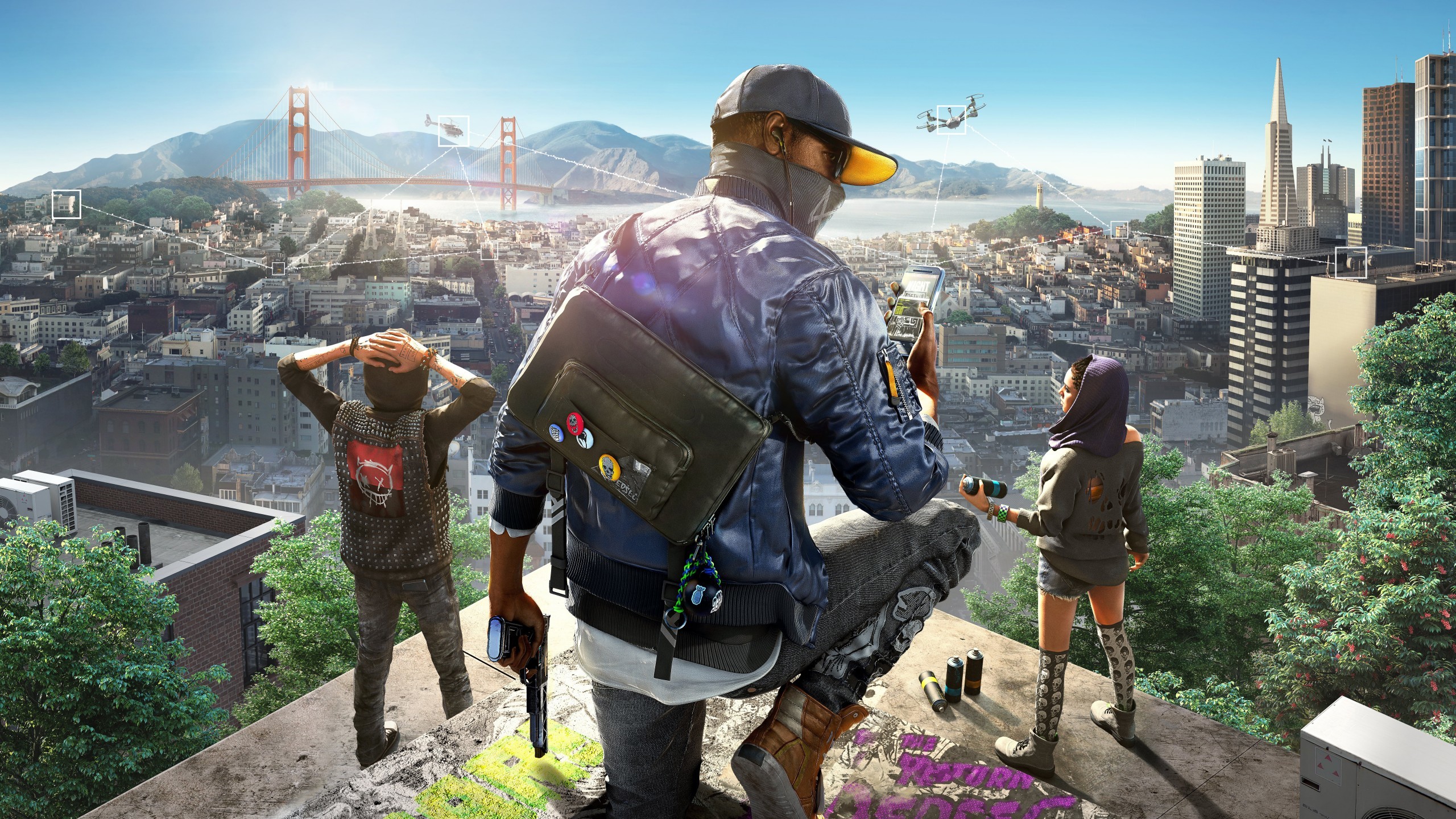
Marcus can navigate the city using a dynamic system that lets him grab onto and climb over various objects like ledges, scaffolding, and rooftops. This blends with stealth gameplay by offering higher vantage points for approaching areas. He can also use remote-controlled gadgets to survey routes and plan his movements beforehand. Levels are designed with multiple ways in, indicated by clues in the environment instead of on-screen markers.
‘Forspoken’

Magic parkour lets you sprint for longer periods, and with upgrades, you can automatically vault over obstacles and even run across water. Spells like ‘Zip’ quickly pull you towards grapple points, helping you cross large gaps. While sprinting uses stamina, you can recover it by pressing buttons at the right time. The environment also affects your movement – you’ll speed up on downward slopes and slow down on uneven ground.
‘Prototype’
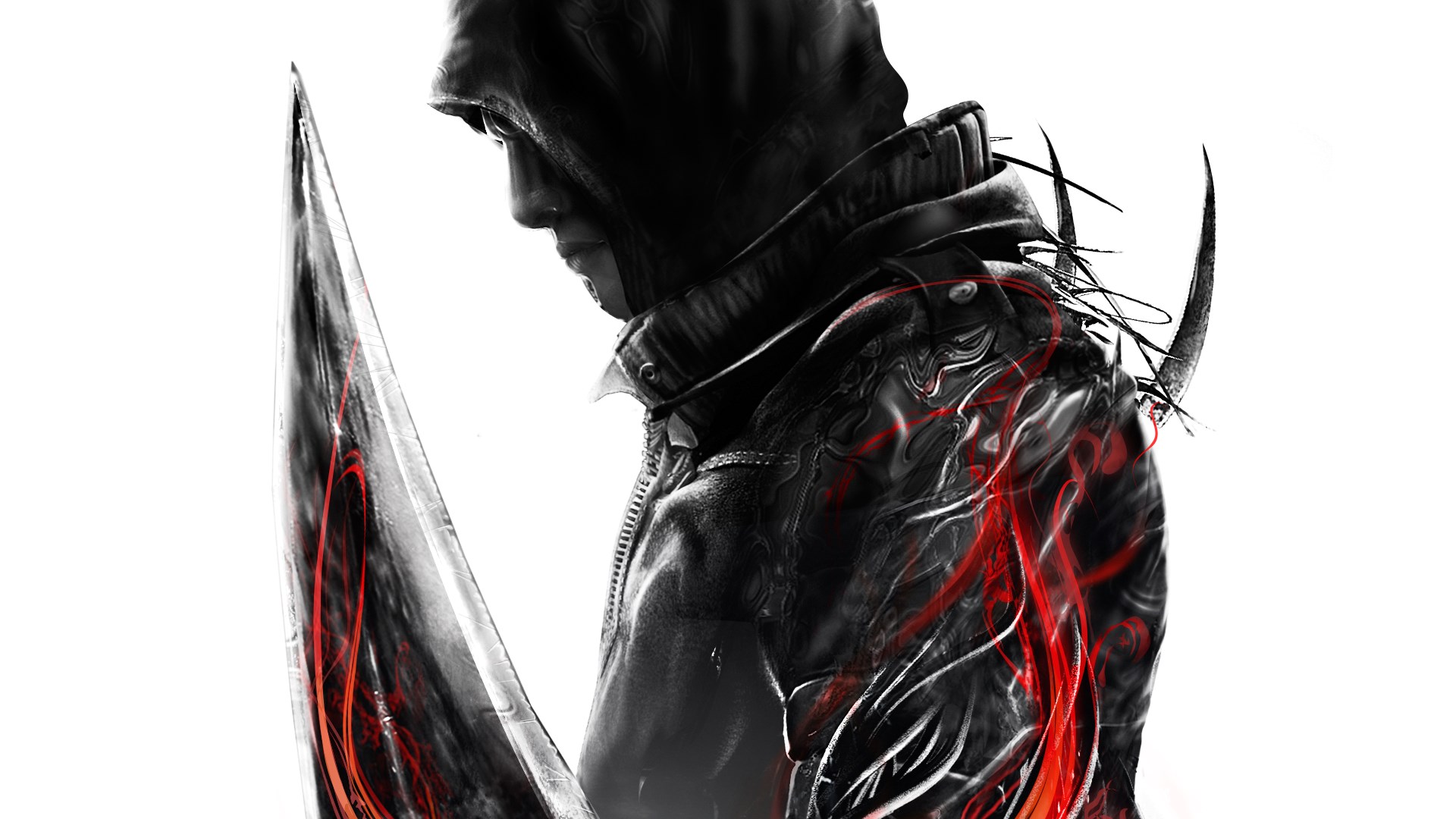
Alex Mercer is incredibly agile, able to quickly climb walls and leap across city blocks. He can also glide to stay in the air longer and steer while doing so. When escaping, he can use disguises to blend in and the enemy’s alertness affects which routes are available. The game allows him to climb almost any surface, making it easy to choose a path.
‘Infamous Second Son’

Delsin’s smoke and neon abilities let him move quickly with powers like air dashes and vertical jumps. He can also use vents to instantly travel up through buildings. The city is designed with climbable structures like scaffolding and billboards, encouraging players to find their own paths. Upgrades make movement smoother and faster without requiring new controls.
‘Call of Duty: Black Ops III’
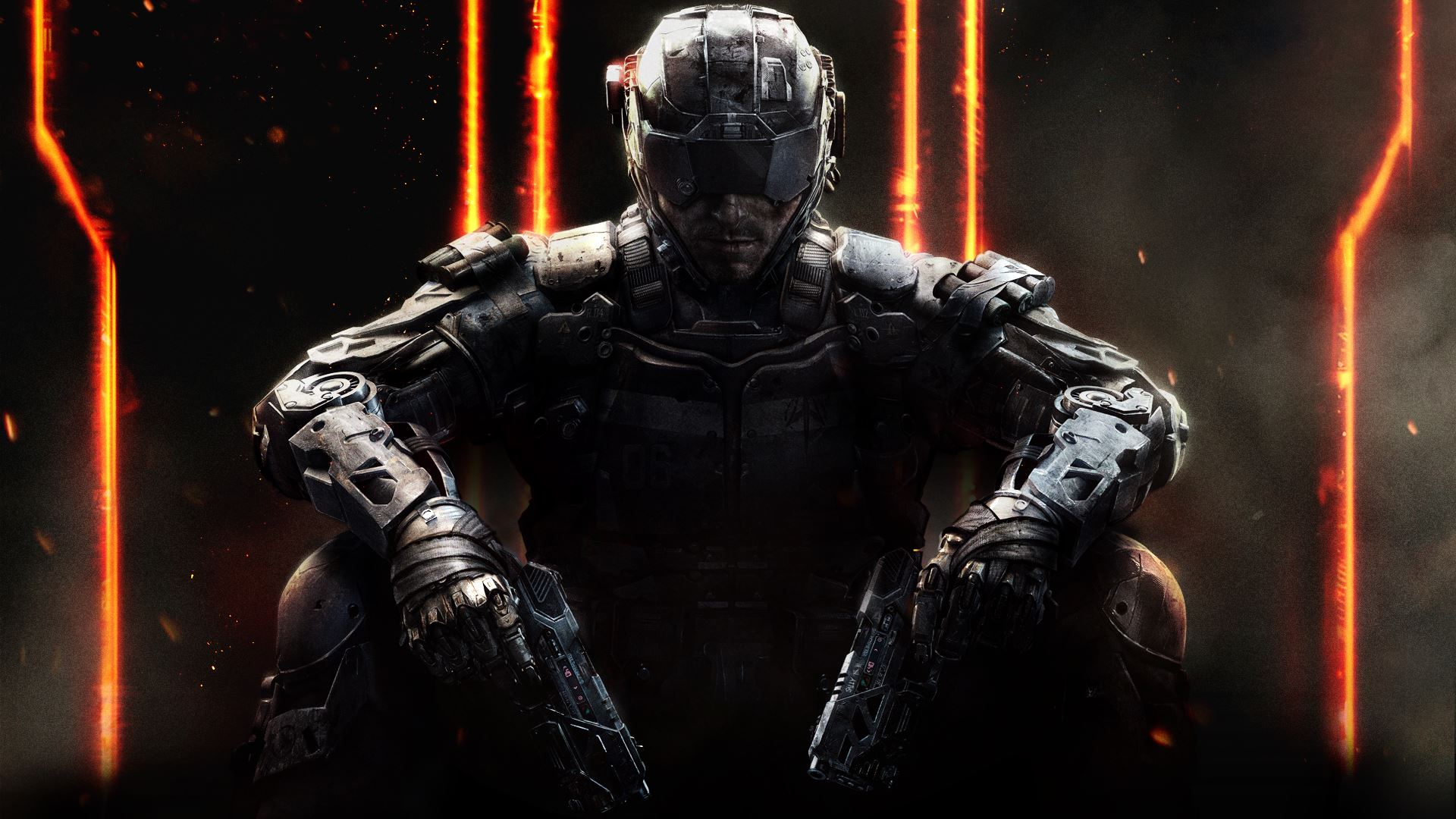
As a player, I’m loving the new movement options! We’ve got these awesome boosted jumps, wall runs, and power slides that let you keep your aim up while moving. The maps are built with cool wall-running lanes that go right over the main battle areas, creating some really dynamic fights. Plus, you can unlock stuff for your Specialist and perks that make your aerial moves last longer and give you more control. And the campaign actually teaches you how to chain these moves together, even when things get crazy with enemy fire. It’s super fluid and makes combat way more exciting.
‘Shadow Warrior 3’
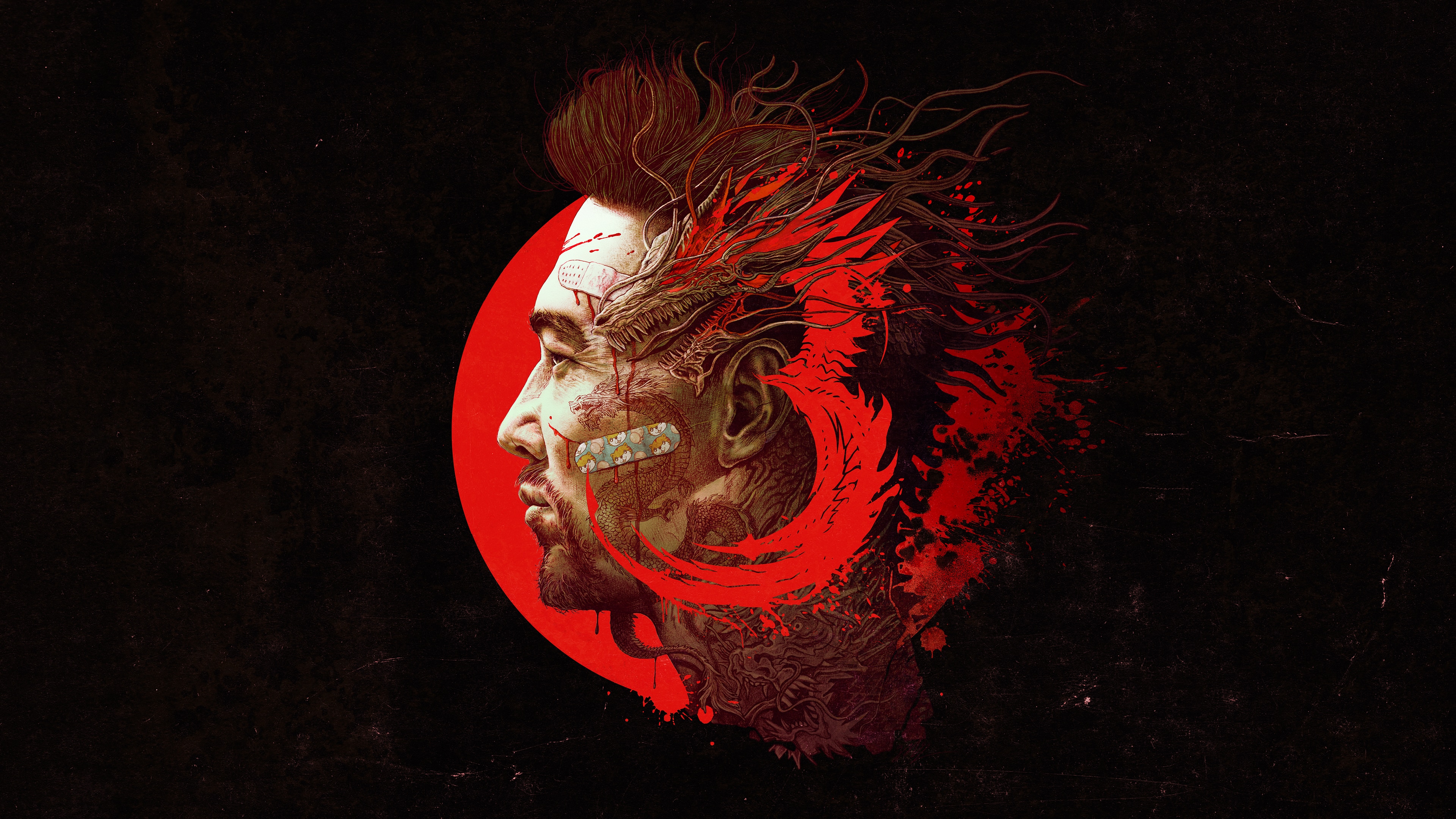
Players can quickly navigate arenas using a grappling hook, wall running, and double jumps. The levels include obstacles like spinning blades that challenge players to move smoothly and precisely. Valuable items and powerful finishing moves are placed along the fastest paths to keep the action flowing. The levels are designed with looping sections, encouraging players to practice and replay them.
‘Cyberpunk 2077’
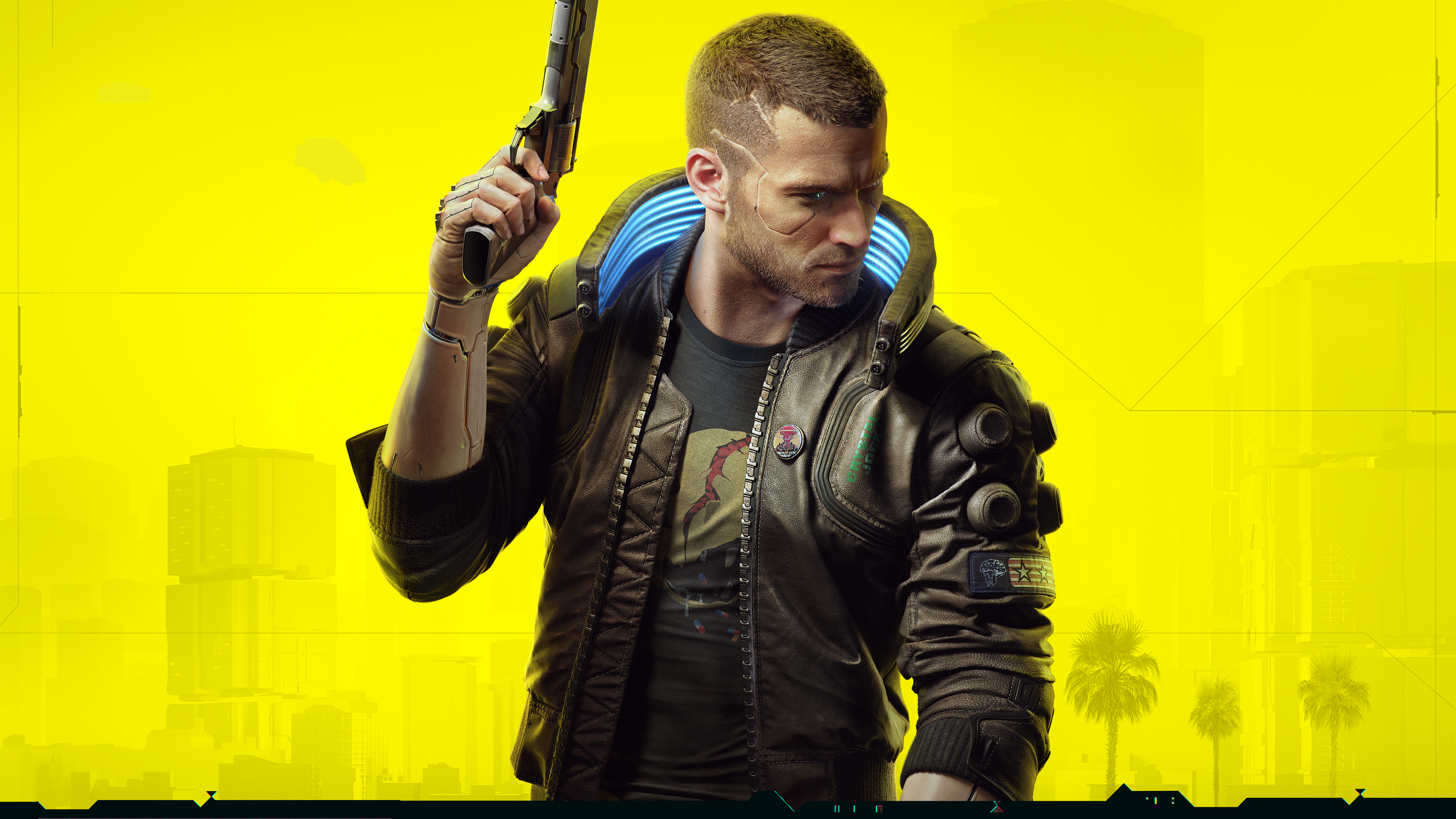
Cybernetic enhancements, like strengthened tendons, let you perform a double jump, while other implants boost your sprinting and sliding abilities. Skill upgrades improve your control in the air and make climbing easier, opening up new ways to traverse the city’s rooftops. Night City is built vertically, with fire escapes, billboards, and vents designed to help you find creative paths. As you progress, you’ll unlock even more movement options through upgrades and mission rewards.
‘Sekiro: Shadows Die Twice’

The grappling hook lets shinobi quickly reach high places like rooftops and tree branches. Players can use ledges and rooftops to move stealthily above enemies. If a jump is missed, they can recover by grabbing ledges or deflecting in mid-air. Finding sculptor idols and shortcut doors creates opportunities to loop back and explore areas more efficiently.
‘Uncharted 4: A Thief’s End’

The rope lets you swing and combine those movements with jumps and grabbing ledges. Special climbing picks let you scale designated rock surfaces and walls. During chases, paths crumble dramatically, but you can still follow clear handholds. The game changes pace between wide-open climbing sections and narrow indoor areas, keeping the movement interesting and challenging.
‘The Legend of Zelda: Breath of the Wild’
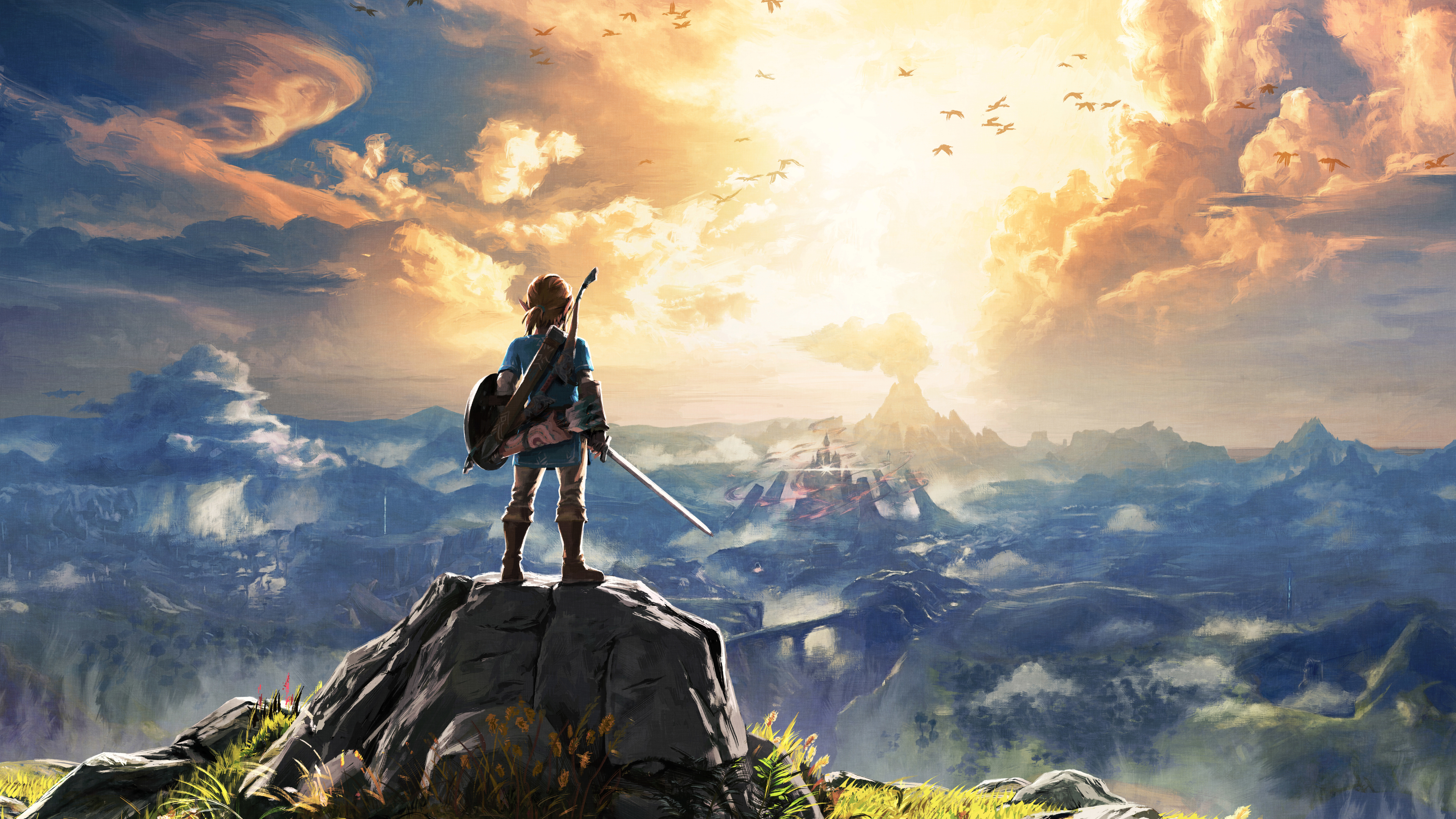
In the game, climbing lets you scale almost any surface, but your stamina limits how long and where you can climb. Rain makes surfaces slippery, forcing you to find different routes. Paragliding allows you to quickly travel long distances by gliding from high places. You can also use items like food and potions to increase your stamina and reach faraway areas.
Tell us in the comments which games have given you those really immersive, “in the zone” experiences! We’d love to share strategies and compare how everyone approaches them.
Read More
- Broadcom’s Quiet Challenge to Nvidia’s AI Empire
- Trump Ends Shutdown-And the Drama! 🎭💸 (Spoiler: No One Wins)
- Gold Rate Forecast
- METH PREDICTION. METH cryptocurrency
- South Korea’s KRW1 Stablecoin Shocks the Financial World: A Game-Changer?
- How to Do Sculptor Without a Future in KCD2 – Get 3 Sculptor’s Things
- Blockchain Freeze Fest: 16 Blockchains and the Power to Lock Your Wallet 🎭🔒
- CNY JPY PREDICTION
- Investing Dividends: A Contemporary Approach to Timeless Principles
- Mandel’s AI Pivot: From Microsoft to Amazon
2025-11-18 01:47